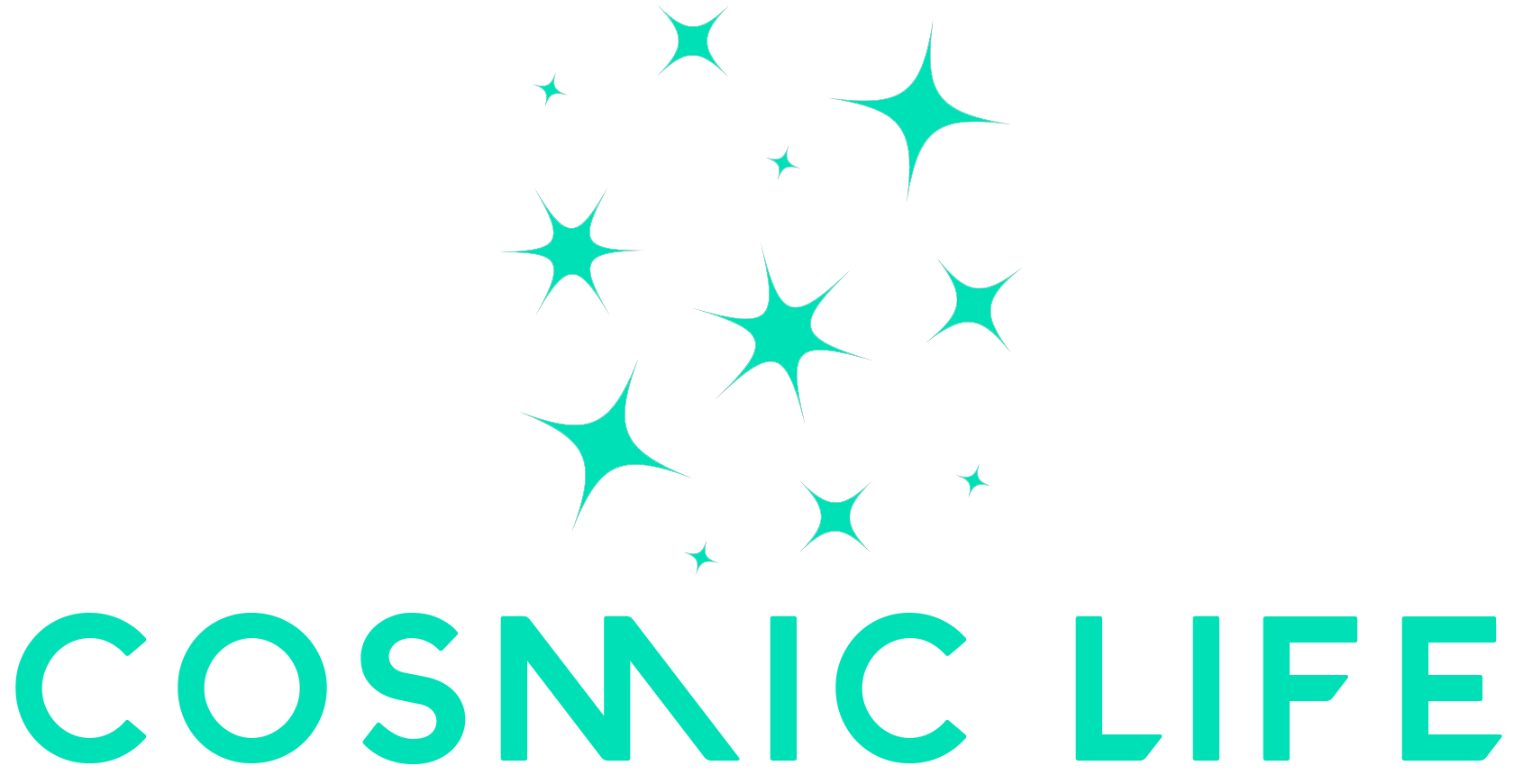Divorce is a challenging and life-altering process that brings about numerous changes, including the division of assets and financial arrangements. Life insurance can play a pivotal role in providing financial security for both parties involved in a divorce settlement. In this article, we’ll explore how life insurance can be utilized as a valuable tool within divorce settlements, helping to safeguard the financial well-being of individuals and their dependents during and after this difficult transition.
Understanding the Role of Life Insurance in Divorce Settlements:
Life insurance can serve various purposes in divorce settlements, offering protection and peace of mind to both parties:
Ensuring Financial Support:
Life insurance can be used to guarantee the financial support of dependents, such as children, in the event of the death of the supporting parent. This ensures that child support or alimony obligations are met even if the paying party passes away prematurely.
Covering Debt and Financial Obligations:
Divorce often involves the division of debt and financial obligations. Life insurance can be designated to cover these obligations, protecting the other party from potential financial burdens if the obligated party passes away.
Replacing Lost Income:
For divorced spouses who rely on alimony or spousal support, life insurance can replace lost income in the event of the payer’s death, ensuring continued financial stability.
Equalizing Asset Distribution:
Life insurance can be used to equalize the distribution of assets in a divorce settlement. For example, if one party receives a larger portion of marital assets, the other party might be designated as the beneficiary of a life insurance policy to balance the distribution.
Key Considerations for Using Life Insurance in Divorce Settlements:
When incorporating life insurance into a divorce settlement, it’s essential to keep these factors in mind:
Policy Ownership and Beneficiary Designation:
Clearly define the policy ownership and beneficiary designation to avoid any ambiguity or disputes in the future. Updating beneficiary designations after the divorce is crucial to ensure that the intended recipient receives the death benefit.
Policy Type and Coverage Amount:
Choose the appropriate policy type (term or permanent) and coverage amount based on the specific needs of the settlement. Consult with legal and financial professionals to determine the optimal coverage.
Agreement Documentation:
Ensure that the terms involving life insurance are clearly outlined in the divorce settlement agreement. This helps prevent misunderstandings and provides a legally binding framework.
Regular Review and Communication:
Regularly review and update life insurance policies to reflect any changes in financial circumstances or obligations. Open communication between both parties can help address any concerns or changes that arise over time.
Life insurance can be a powerful tool within divorce settlements, providing financial security and ensuring that the obligations and needs of both parties are met. By strategically integrating life insurance into your divorce settlement, you can protect yourself, your dependents, and your financial well-being during this transformative period. Consulting with legal and financial professionals is crucial to navigating the complexities of divorce settlements and making informed decisions that set the stage for a secure financial future.






